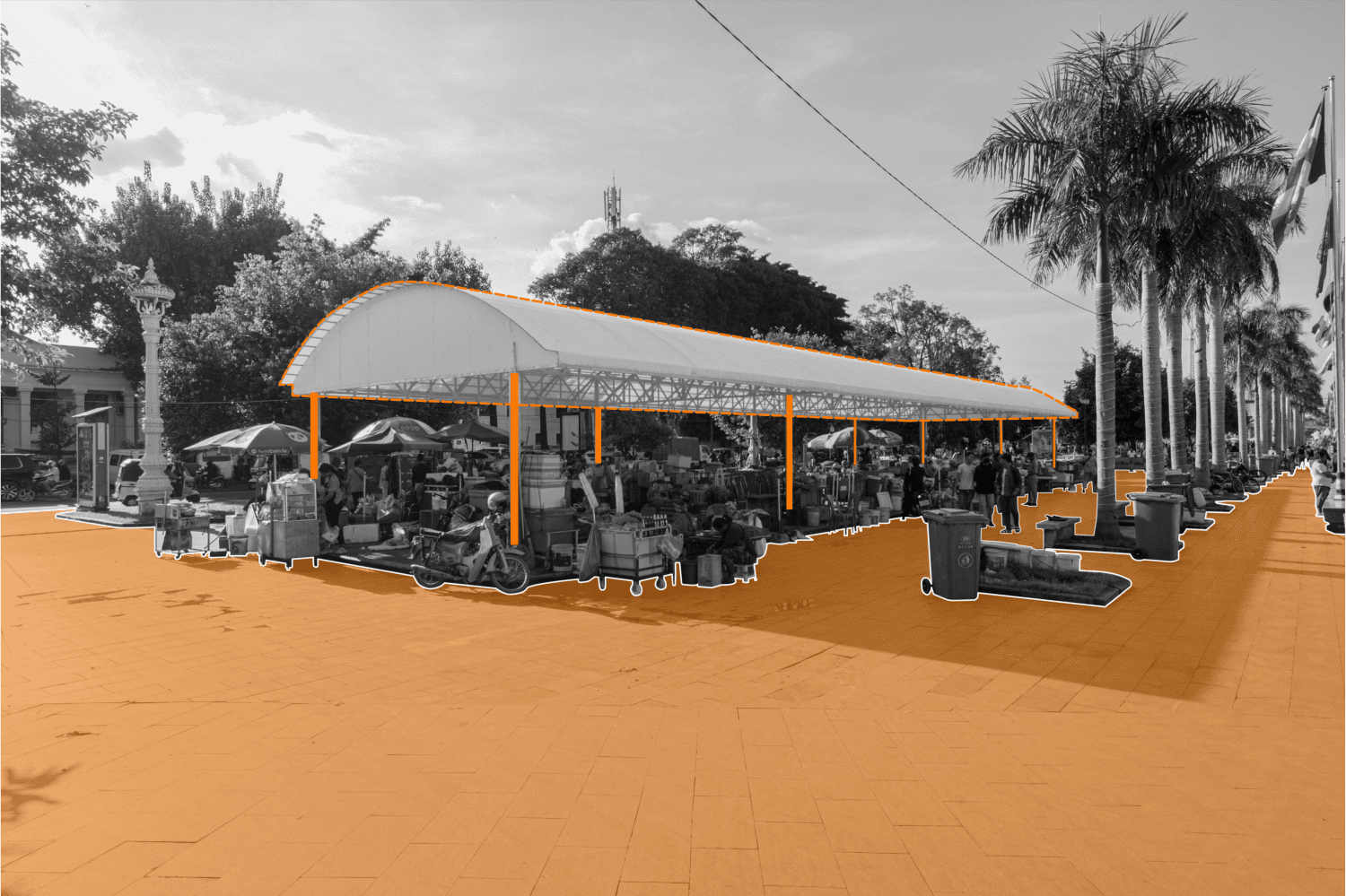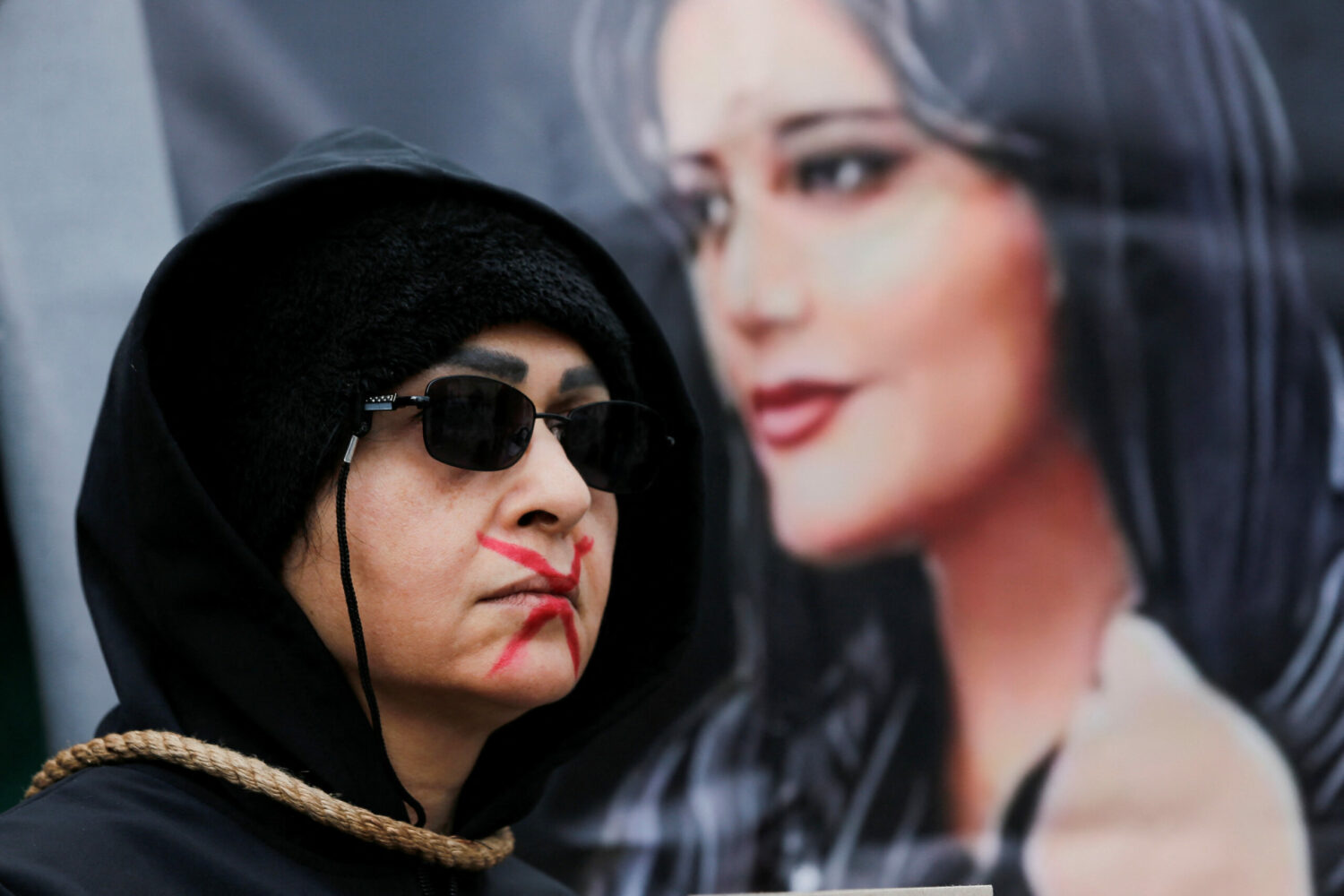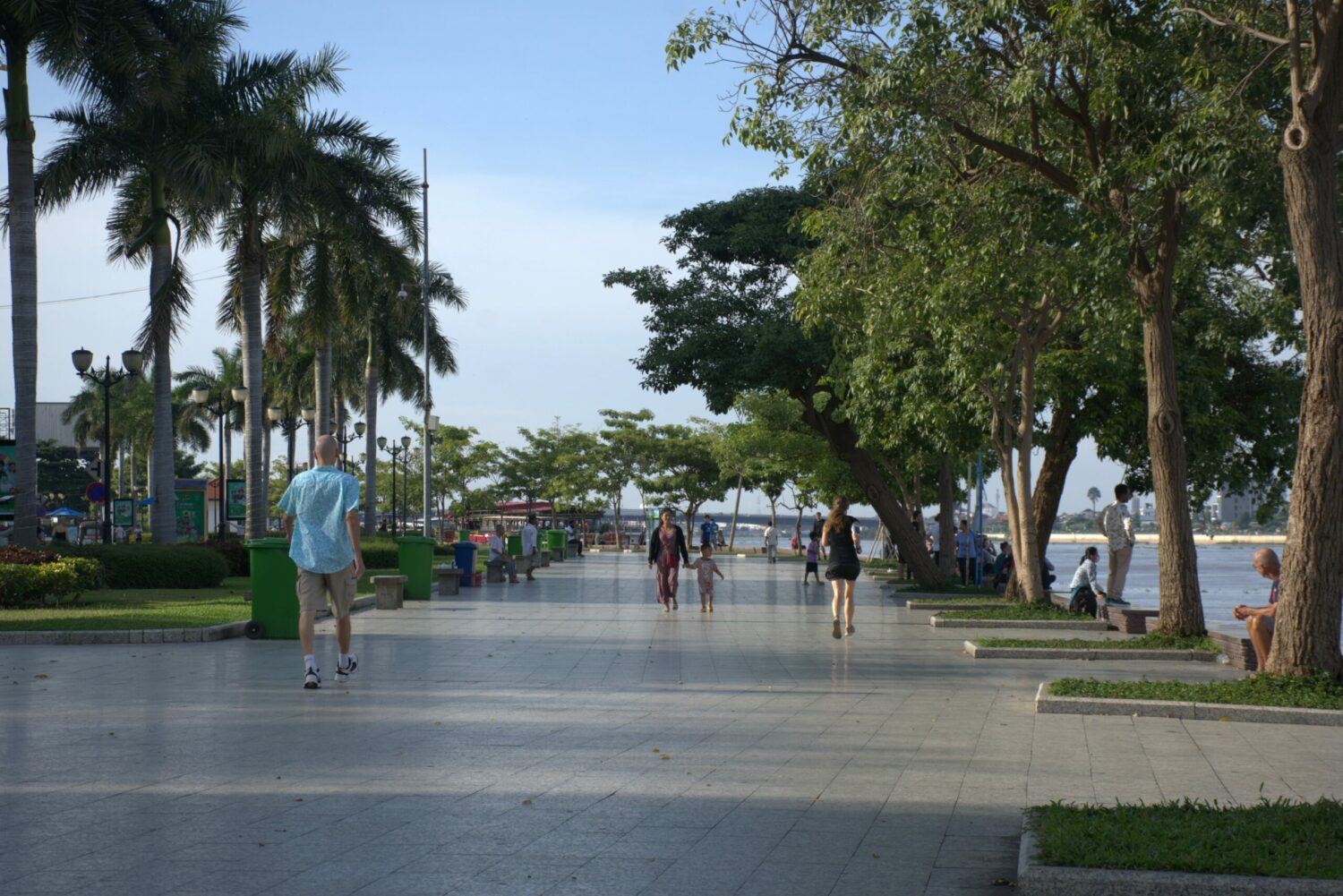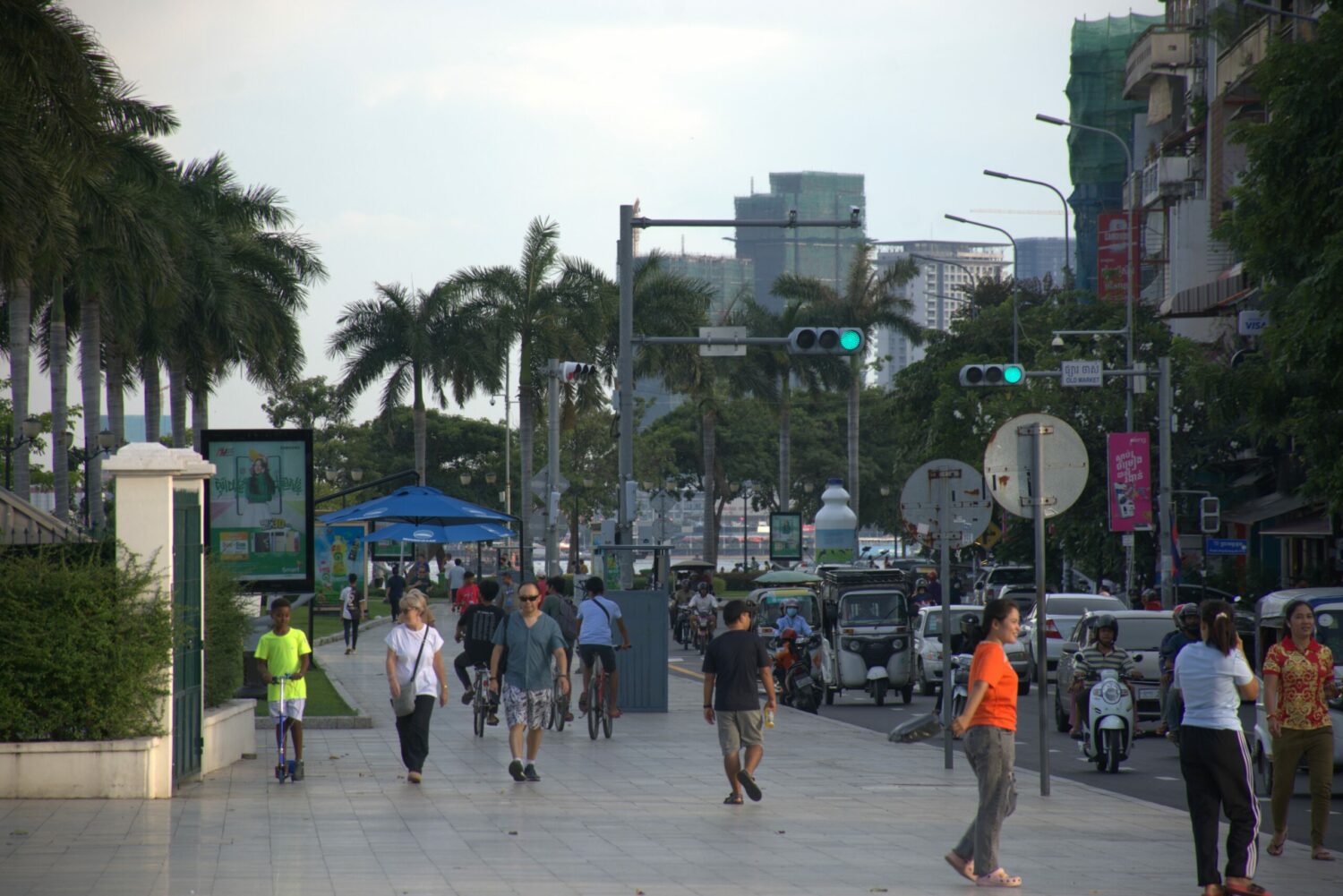Chills went down my spine as night fell quickly. I was quickening my footsteps, but so were the strangers behind me. They were a group of men who had previously called out to me offering a drink, which I refused. They had followed since. I got scared but pretended to be fine. I thought how stupid I was in walking by this road.
How many of you, my readers, have heard of, or even experienced, such stalking — one form of sexual harassment — firsthand?
Be it in public or in private, sexual harassment can happen and does happen everywhere — not just in the workplace.
Sexual harassment in public can range from catcalling and stalking to unwanted sexual touching in places such as streets, public transportation, public sanitation facilities, parks and public events. There is no official definition from the Cambodian government as of yet.
A baseline study by ActionAid of 380 Cambodian women found that about one in five (or 22%) of Cambodian women have been sexually or physically harassed in public spaces, on an average of five incidents in 2014. Trans women were the most affected — more than 90% of them have experienced harassment in public spaces multiple times.
We need to have a conversation about this issue, and understand it more broadly because sexual harassment in public is too often used as a weapon to keep its victims, most often women, in their place — both figuratively and literally.
Figurative Confinement: An Inferior Position
Public sexual harassment is a tool that is weaponized by perpetrators to display their dominance over the victims and remind them of their subordinate place. This use of harassment in public by some patriarchal men illustrates the idea of the “patriarchal imperative” and the view of women as so-called “open persons.”
Men who believe they have a patriarchal imperative think they must have access to women, while women who are considered as “open persons” are the ones for whom men have so little regard that they may be approached and intruded upon at will. Seeing women as “open persons” robs them of their agency.
One study on the subject of public harassment found that men who reported having engaged in catcalling — a form of sexual harassment in public, which involves using words, whistles, sounds or gestures that essentially define the woman as a sexual object — demonstrated higher levels of hostile sexism, self-ascribed masculinity and social dominance orientation.
To resist this power structure and unwanted sexual attention, women oftentimes opt for rejection or dismissal, which can lead to further harassment — severe consequences in some instances like stalking or even rape — or escalate to even more violent situations.
Literal Confinement: Spacial Captivity
While perpetrators use public sexual harassment to keep victims in their metaphorical place, perpetrators also apply the tactic to confine victims within certain physical spaces, effectively excluding them by making them feel uncomfortable in public.
In a patriarchal society, not only do men have more access to public spaces than other groups, but they also hold the power to exclude others from their private spaces within that public sphere — be it schools, streets, shopping malls, transportation, or nightclubs and so on. And they use these powers (to access and to exclude) along with public sexual harassment as the tactic to limit women’s movements in the public spaces.
Having access to public spaces, men can employ this tactic to make women feel uncomfortable in public, which in turn causes women to avoid these places. As a result, women are excluded from certain public spaces by men.
Women who have experienced public harassment often experience it as a threat to their mental and physical safety, and avoid these feelings by not going to that public space anymore. In some cases, women choose to change neighborhoods and jobs or restrict their time in public places alone.
In speaking to Cambodian women about their experiences with this issue, I spoke to one woman who told me about what it was like trying to recover from being sexually harassed in public.
In the aftermath of that sexual harassment experience, she moved to a new place because she felt she was living in terror and anxiety in her previous neighborhood. She said: “I was constantly on guard when I was home alone; I held a knife in my hand whenever I saw some men on a motorbike outside my house, and I didn’t go to that [neighborhood] anymore.”
Sexual harassment reduces women’s and girls’ freedom of movement, limiting their access to essential services and their enjoyment of cultural and recreational activities or their participation in school, work and public life.
Conclusion
Public sexual harassment is so pervasive that it is normalized as a part of the social fabric of public life. Unless it rises to the level of assault, public harassment is not usually seen as illegal. Some men and women even see it as trivial or even see this kind of attention as something that should be considered flattering, and too many policymakers see it as undeserving of serious policy discussions.
If we are to treat this as the serious issue it is, sexual harassment must be defined clearly and inclusively by the government. At the moment, there is no consensus around the definition and the result is that space is left for different interpretations of the issue between victims, perpetrators and related authorities.
A Phnom Penh commune police officer, Bun Sothearak, who was interviewed by the Khmer Times on the issue of the lack of clear definitions of harassment, said contradictions between women who claimed that any touch without their permission was sexual harassment and men who stated that it happened accidentally or without bad intention made it “extremely difficult to confirm whether or not that touch qualified as harassment.”
This quote is a case where the police do not know how to criminalize sexual harassment and the public are not aware of what constitutes sexual harassment, as there is no guidline to follow — how consent, touching, attention and intentions should be understood and defined in legal codes of sexual harassment in public.
In Cambodia, legal codes which deal specifically with sexual harassment are narrowly focused on workplace harassment. For instance, the Labor Law (article 172) and Criminal Code (article 250) solely focus on harassment in the workplace.
Sexual harassment in public must be well-defined and laws which punish this behavior should be drafted and implemented. Until we deal with this issue in an intentional and well-considered way, victims of this type of harassment will continue to be second-class citizens in public places.












